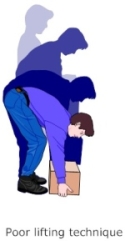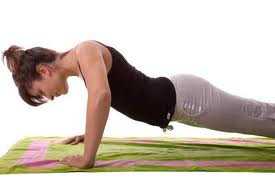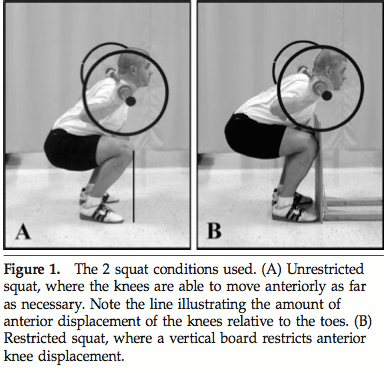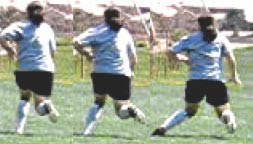Shoulder impingement, rotator cuff tear, biceps tendonitis, shoulder bursitis? A variety of diagnoses associated with the shoulder share several characteristics, the most significant being a sharp pain preventing dressing, reaching, driving, and / or sleeping. How can a good physical therapist help treat a rotator cuff that is partially torn?
If you’ve been keeping up on previous posts from Optimal Movement Physical Therapy you’ll know that Physical Therapy is not focusing on repairing damaged tissue, rather the focus is on identifying the reason the tissue became damaged in the first place. Once the faulty movement is identified, it can be corrected, and once it is corrected the pain can be alleviated. After all, many studies have shown that individuals can have a tear with no pain at all. Even further, the amount of pain that one has is not proportional to the size of the tear.
Well if the tear is not causing the pain, then what is causing the pain?
Take a look at the following video to better understand faulty mechanics.
Ideally, we want the humerus and the shoulder blade to move together in order to optimize the sub-acromial space. In this video, you can see the scapula does not move as the humerus moves which results in pinching of the structures within the subacromial space.
This poor movement results in impingement of the bursa, biceps, and part of the rotator cuff. Therefore this movement pattern can be the underlying cause of impingement, rotator cuff tear, bursitis, biceps tendonitis, just to name a few.
The sub-acromial space is a small tunnel where several structures pass through. With optimal biomechanics none of these structures become impinged. When the space is smaller because of poor posture, muscle imbalances, and / or faulty movement, the structures can become irritated and painful. Evidence of poor posture and muscle imbalance can be identified by a physical therapist examining your posture and movements. The area of focus for the therapist is the scapula, as the resting position and movement of the scapula is what determines the size of the space. When we are looking at your scapula we are determining whether the resting position is downwardly rotated, anteriorly tilted, and / or depressed as all of these positions will cause impingement.

An anterior tilt of the scapula is one where the inferior border is more prominent than the superior border.

Downward Rotation of the Scapula is one where the inferior angle is more medial than the superior angle of the scapula.
In the examples above, the scapula is starting in a poor position. This poor starting position results in a higher likelihood of impingement because the scapula will have difficulty getting full upward rotation. The scapula is in fact starting behind the starting line.
All hope is not lost. The scapula and it’s resting position, as well as how it moves can be retrained. Typically the muscles which are not “pulling their weight” include the mid and lower trapezius as well as the serrates anterior. At Optimal Movement Physical Therapy, we are looking for faulty scapula movements, testing for weakness at these muscles, and prescribing corrective exercises to eliminate the faulty mechanics.



















